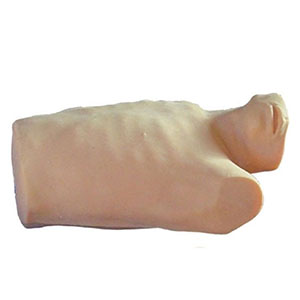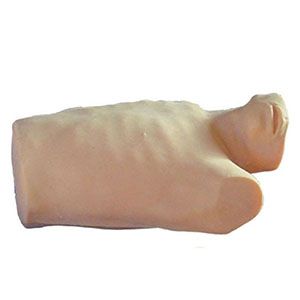In emergency medical treatment, intracardiac injection is a highly specialized technology, and its accuracy and speed are directly related to the survival of patients. However, this skill is not easy to master, it requires medical staff not only have a deep theoretical knowledge, but also need to go through a long time of practice and hone. Fortunately, the emergence of the intracardiac injection training model provides a safe and efficient practice platform for medical personnel to improve their skills.
The intracardiac injection training model accurately simulates the structure and injection environment of the human heart. Medical staff can repeatedly practice key steps such as positioning, injection, and injection on the model, thereby deepening their understanding and memory of the technical points. Compared with the traditional teaching method, this practical training method is more intuitive and effective, and can help medical staff grasp the essence of intracardiac injection faster.

Every exercise performed on the model is a test and improvement of the skills of the medical staff. At first, they may be awkward with their hands, but with more practice, they gradually become proficient and accurate. Every injection must be steady and precise, and every injection must be fast and effective. This high-intensity training not only improves the skill level of medical staff, but also exercises their psychological quality and resilience.
More importantly, it provides a risk-free learning environment for health care workers. In a real clinical setting, the risks of intracardiac injection are extremely high, and any misstep can have irreversible consequences. The practice on the model completely eliminates this risk, allowing healthcare professionals to experiment and innovate in a stress-free environment. This safe and efficient training method undoubtedly provides a strong guarantee for the improvement of medical staff's skills.
In short, it is an important tool for medical staff to improve their skills and exercise their ability. With its highly simulated, practical training methods and risk-free learning environment, it helps medical personnel to achieve the leap from theory to practice, so that their skills can be improved. In the future medical treatment, we have reason to believe that these highly trained medical personnel will be able to respond to various emergencies more confidently and calmly, and bring more safe and effective treatment services to patients.

